Search

Understanding Western South Dakota Prairie Streams
This document provides information and guidance for landowners and land managers in western South Dakota who are managing small intermittent streams.

Fall Is the Time To Plan for Fire
Fall is the time to begin planning for spring prescribed fire. This article examines the three primary components to a successful burn: burn unit preparation, burn planning and burn implementation.
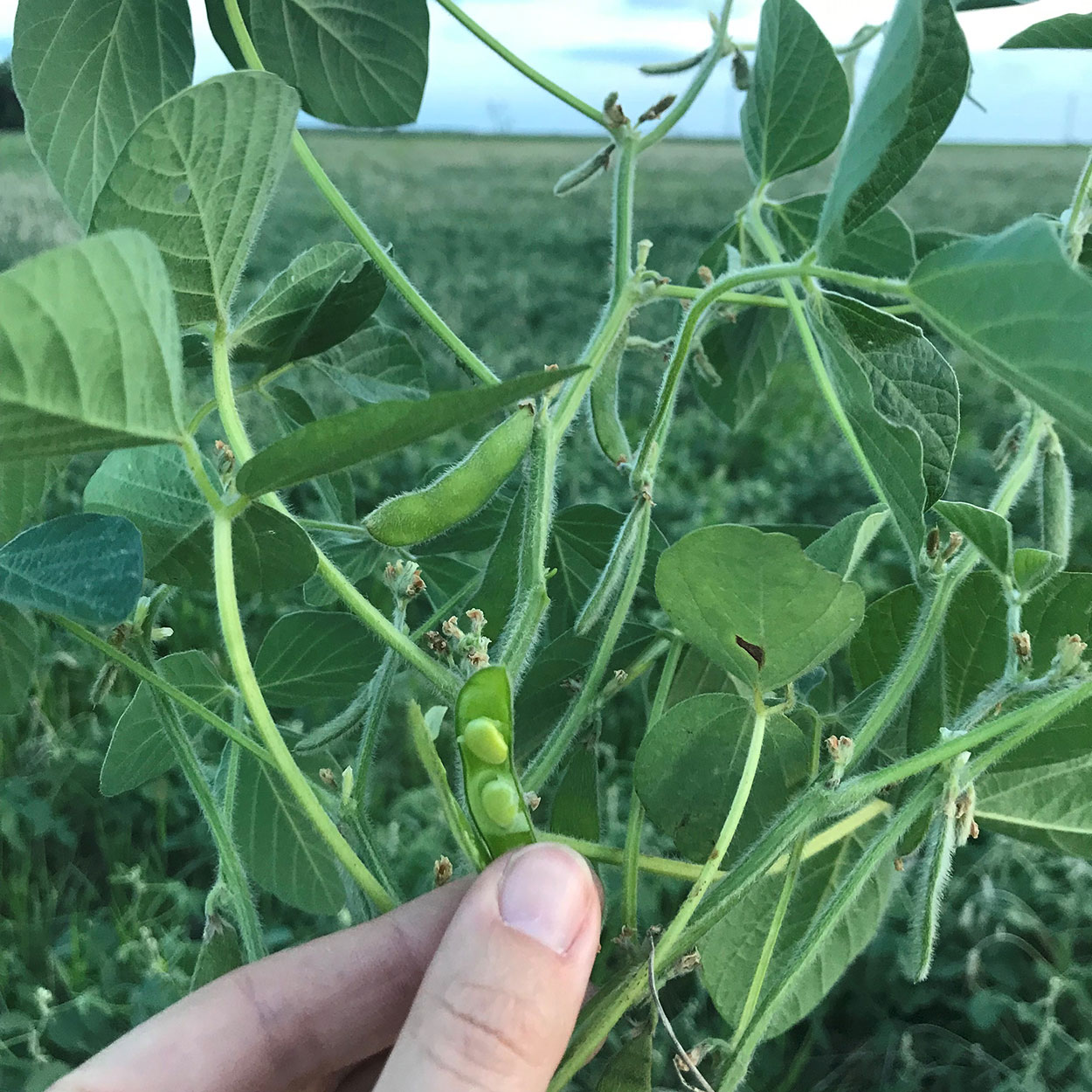
Salvaging Drought-Stressed Soybeans as Feed
One of the more popular questions we’ve been receiving lately involves using soybeans as forage. Although the soybeans planted for grain are not typically bred for forage use, we can salvage the crop for said forage if need be.

Online Tools To Help With Rangeland Drought Planning
Learn about some free online tools that producers can use to assess drought conditions, evaluate forage resources, and manage herds through periods of abnormally dry weather.
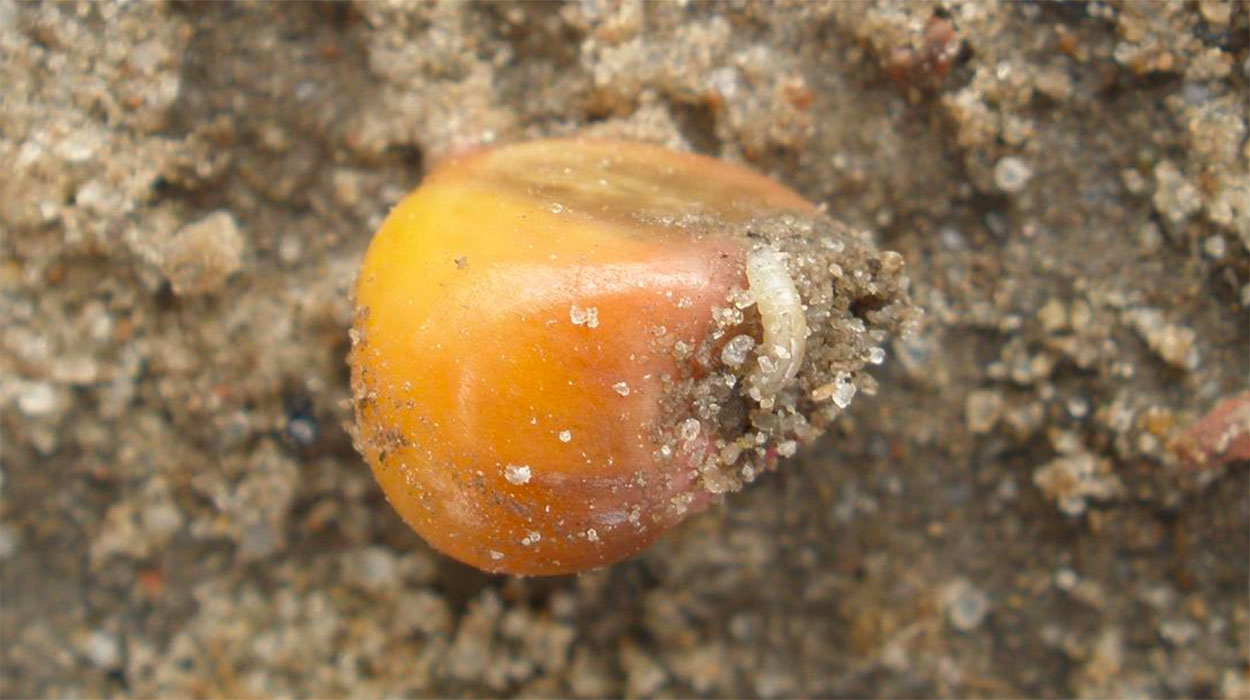
Seedcorn Maggot Degree Day Activity Estimates: April 29, 2022
Seedcorn maggots can be an early-season pest of corn and soybean in South Dakota. View our latest seedcorn maggot activity estimates based on degree day accumulation for various locations throughout South Dakota.
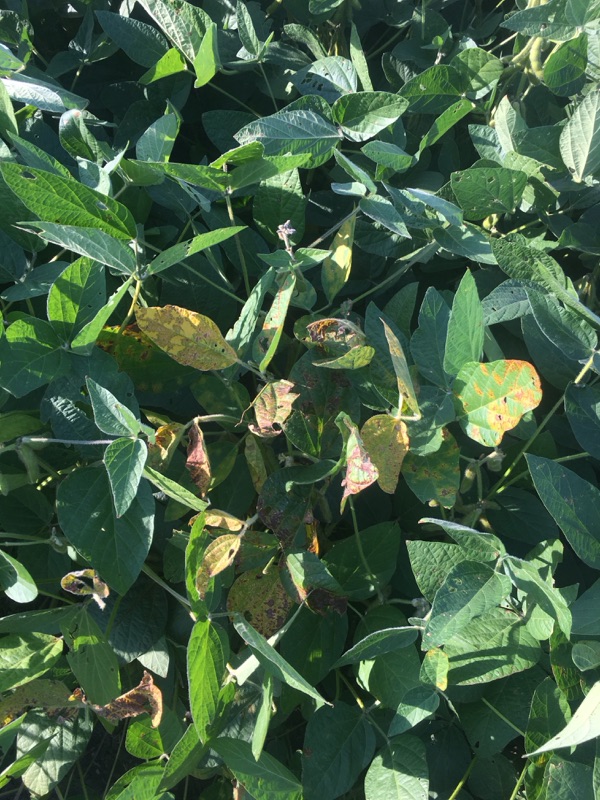
Soybean Vein Necrosis Virus Detected in South Dakota Soybeans
A new soybean virus called Soybean vein necrosis virus (SVNV) was detected in South Dakota soybean fields in Davison and Union counties. Symptomatic plants were sporadic and found along the field borders. Infected plants showed mild to moderate severity.
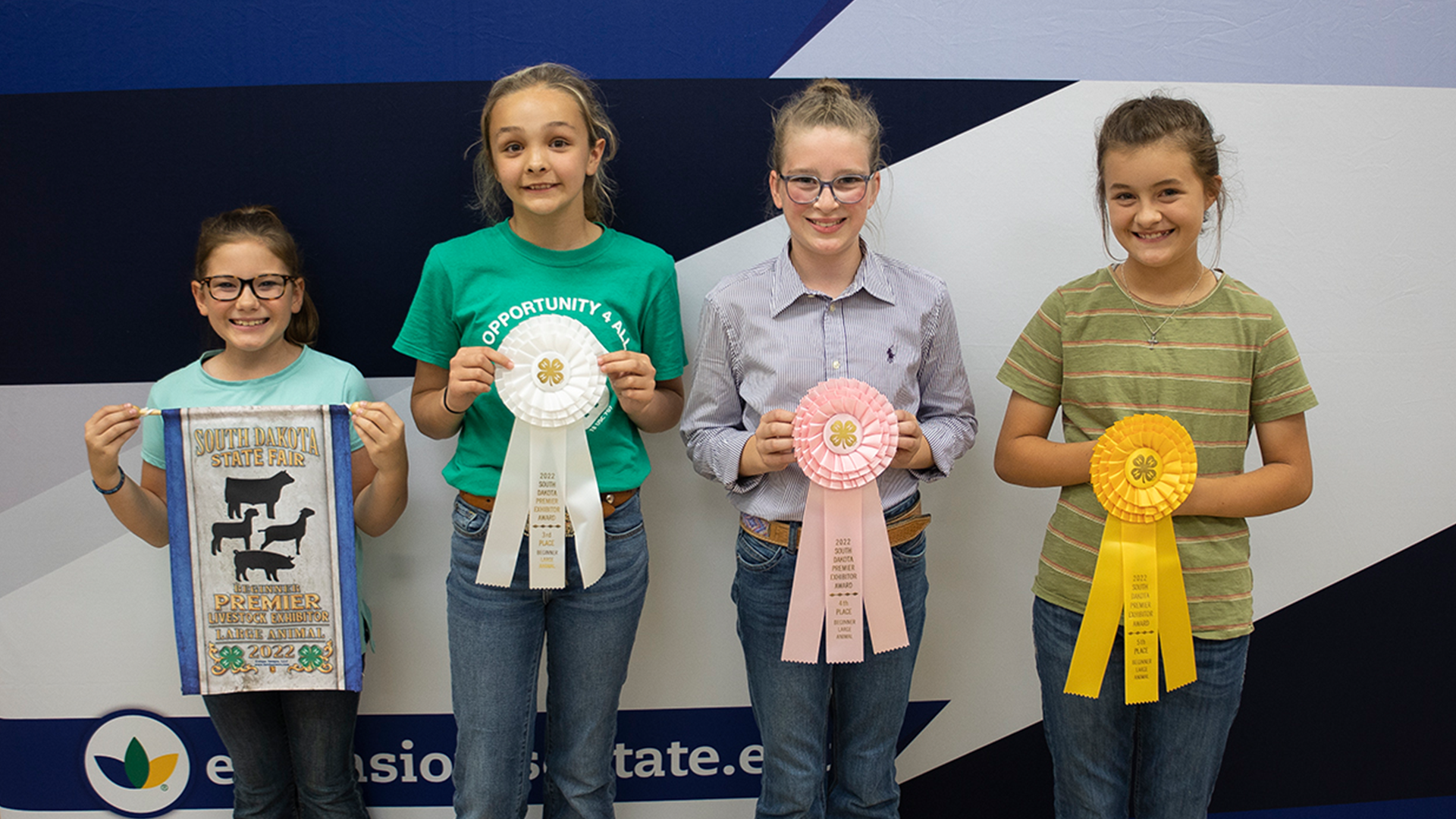
Fifty-six 4-H Members Win Premier Exhibitor Awards for 2022
December 02, 2022
Fifty-six South Dakota 4-H members won Premier Exhibitor Awards this year in their respective animal projects.
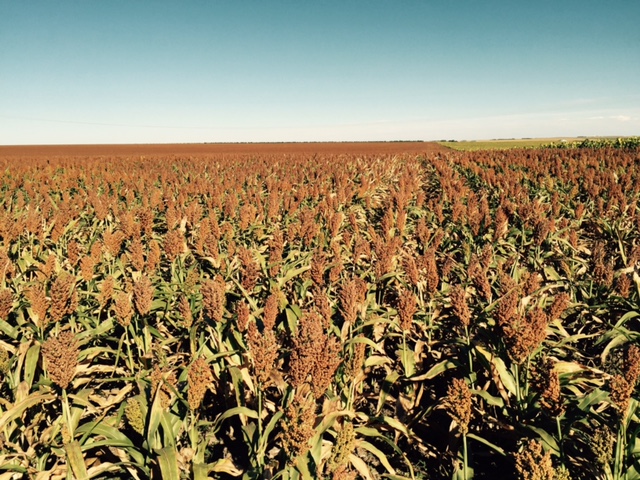
Sorghum Weed Control
Early competition, especially from grass, is critical for successfully controlling weeds in sorghum. There are preemergence as well as postemergence herbicides available for this crop. Early treatment provides the best control of broadleaved weeds with crop stage also being a critical factor for some postemergence treatments.
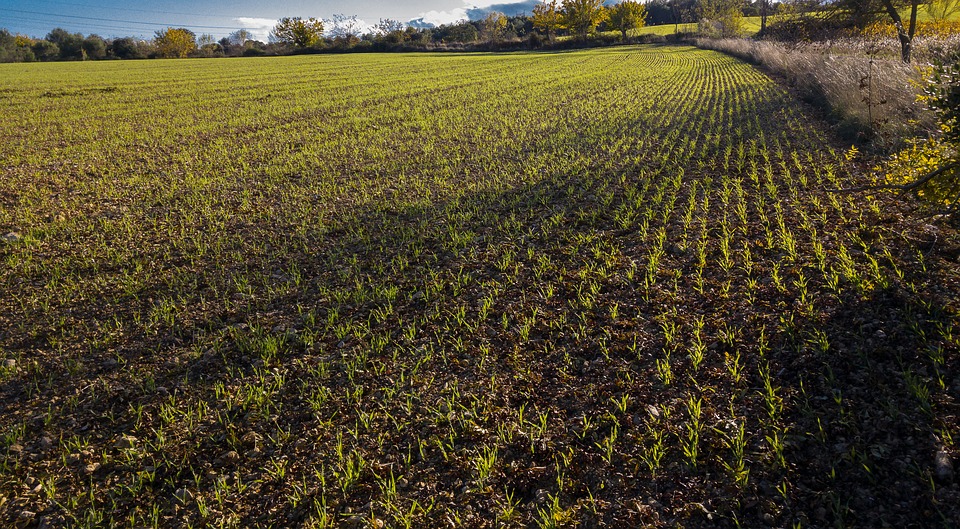
Winter Wheat Planting Date Is Important
A five year study conducted in southwestern South Dakota evaluating seven winter wheat varieties over four planting dates from September 15 to November 1 showed that delayed planting decreases yields. The results determined that planting mid September to the first of October consistently had the highest grain yield over the duration of the experiment.
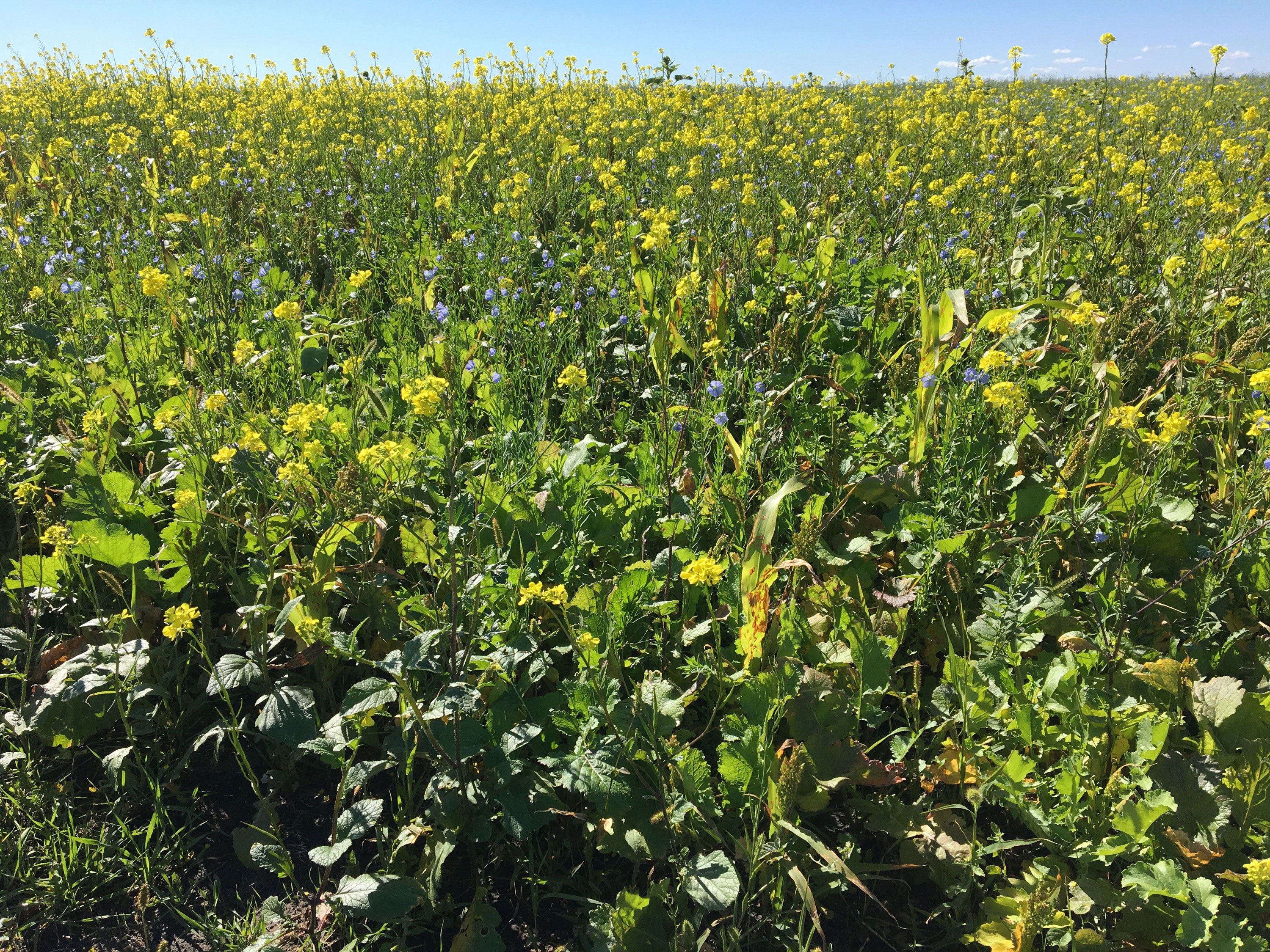
Herbicide Considerations for Cover Crop Planting in 2019
Long residual pre-emergent or early post-emergent herbicides may cause stand reduction or complete failure of cover crops. Depending on efficacy of the herbicide, each situation can both affect in-season and/or post-harvest cover crop establishment.